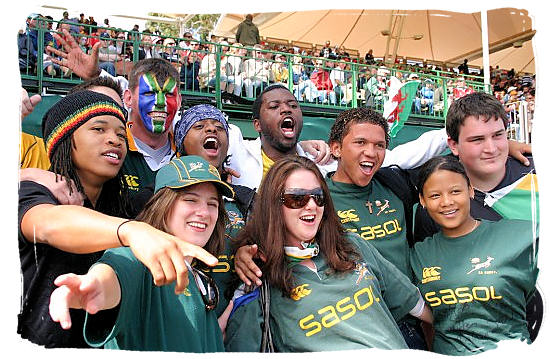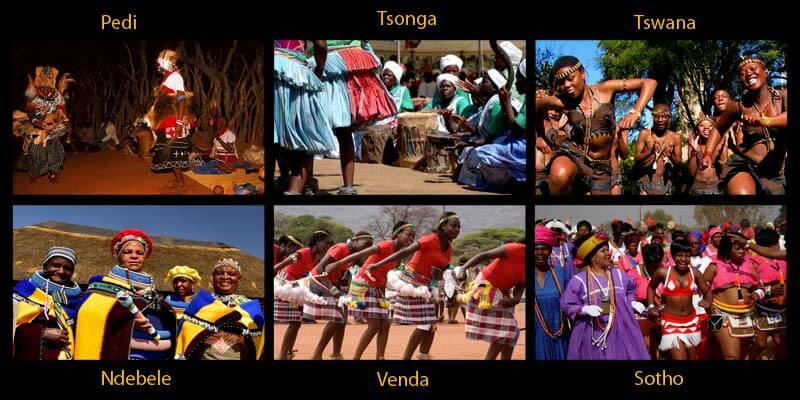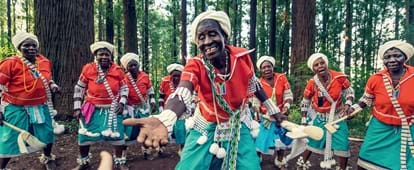Little Known Questions About South African Culture Today.
Little Known Questions About South African Culture Today.
Blog Article
The Only Guide for South African Culture Today
Table of ContentsThe 8-Minute Rule for South African Culture TodayThe smart Trick of South African Culture Today That Nobody is Talking AboutA Biased View of South African Culture TodayNot known Facts About South African Culture TodayThe 7-Minute Rule for South African Culture TodaySome Known Incorrect Statements About South African Culture Today
This follows with vocal singing and drum beating. The couple then consult with the seniors and speak about the significance of their union. A matter of significance in Zambian towns is the diing of enjoyed ones. All participants of the village placed money, effort and time together for the burial of the deceased.Songs and dancing is a very important facet of the Zambian culture. The various tribal units have their own dance types; however, makishi is usual among all tribes.
More About South African Culture Today
When it involves music, drums are utilized the most, with a selection of drumming events. In Zambia, bulk of the individuals are Christian; Protestant and Roman Catholic. There are small groups of Muslims and Hindus, with the remainder adhering to regional indigenous tribal beliefs.

South African heritage and culture is immensely varied, and contains several teams of individuals who each have their own practices and beliefs. Having such a variety of people and societies is what makes South Africa so special. In real feeling of the expression, we are a rainbow nation.
Making it the 7th on the list of nations with the most Portuguese people in it outside of Portugal. Portuguese is not just a culture, but it is also a language and a citizenship. Portuguese people stem from the nation of Portugal in Europe, nonetheless, due to Portugal (like numerous other nations in Europe) discovering the world and overcoming various other countries during the 15th 20th centuries, South Africa has what we call Portuguese South African's living in it.
The Ultimate Guide To South African Culture Today
Among the popular attributes of the topography is a plateau that covers virtually two thirds of the facility of the country. The plateau facility climbs toward the southeast, where it climaxes in the Drakensberg array, component of an escarpment that separates the plateau from the seaside locations. The Drakensburg includes Champagne Castle, the highest top in the nation.
The area north of the Witwatersrand, called the bushveld, inclines downward from eastern to west toward the Limpopo River, which develops the international boundary. The western section of the plateau, the middleveld, likewise descends in the direction of the west and varies in altitude between the highveld and bushveld. In between the Drakensburg and the eastern and southern coast, the land descends to the sea.
Nearer the coast there is a low-lying level called the eastern lowveld. Southwest of the plateau the nation becomes gradually a lot more arid, giving way to the hostile desert of the Great Karroo, bordered on the east by the reduced, much better sprinkled plateau of the Little Karroo. Dividing the dry southern interior from the sandy coastal of the southerly coastline and West Cape is an additional array, the Langeberg.
The smart Trick of South African Culture Today That Nobody is Discussing
The nation's racially, ethnically, and politically split history has actually produced nationwide and subnational symbols that still work as icons of the nation, and others signs that are accepted just by particular teams. The monuments to white settler conquest and political prominence, such as the Afrikaner Voortrekker ("leader") Monolith in Pretoria and the Rhodes Monument honoring the British colonial realm builder and Cape prime preacher Cecil Rhodes, stay sectarian symbols.
The first modern-day residents were the San ("bushman") hunter-gatherers and the Khoi ("Hottentot") peoples, that rounded up animals (South African culture today). The San may have been present for thousands of years and left evidence of their existence in hundreds of ancient cavern paints ("rock art"). Bantu-speaking clans that were the ancestors of the Nguni (today's amaZulu, amaXhosa, amaSwazi, and vaTsonga individuals) and Tswana-Sotho language groups (today's Batswana and Southern and Northern Basotho) migrated below east Africa as early as the fifteenth century

Both former republics of the Orange Free State and Transvaal (South African Republic) were established by Afrikaner settlers who defeated and dispossessed the Basotho and Batswana. Lesotho would certainly have been by force integrated right into the Orange Free State without the expansion of British protection in 1869. The ultimate unification of the nation arised from the South African Battle (18991902) between the British and the two Afrikaner his comment is here republics, which reduced the country to spoil at the start of the twentieth century.
Afrikaners traditionally considered themselves the only true South Africans and, while granting full citizenship to all locals of European descent, refuted that condition to individuals of color till the autonomous change of 1994. British South Africans preserve a sense of cultural and social connection to Great Britain without weakening their identification as South Africans.
Facts About South African Culture Today Uncovered
The variety and fragmentation within ethnic collections and the equilibrium of stress between those groups during the twentieth century protected against interethnic civil conflict. While intergroup tensions over sources, privileges, and political prominence remain, those disputes are as likely to pit Zulu against Zulu as Zulu against Xhosa or African against Afrikaner.
From colonial India, British sellers and managers brought the bent Our site steel decorative roofs and slim lace work pillars that still symbolize the outdoor patios of homes in the areas and cities throughout the nation. Holy places contribute an important architectural element also in the smallest towns. In addition to the skyrocketing steeples and traditional stonework of Afrikaans Dutch Reformed churches, Anglican churches, synagogues, mosques, and Hindu temples supply range to the spiritual building scene.

Butchering and the brewing of standard cereal beer are important in protecting the engagement and a good reputation of the ancestors that are thought about the guardians of good lot of money, prosperity, and health. Indian communities preserve their indigenous culinary practices and apply them on Islamic and Hindu ritual and ritualistic celebrations. Afrikaners and Coloured people collect at weekends and special celebrations at multifamily barbecues called braais, where community bonds are reinforced.
Because this was the main financial enterprise of both black Africans and white colonists, conflict in between those teams fixated the property of grazing land and livestock. In 1867, the largest diamond down payments on the planet were discovered at Kimberley in the west central location. The wide range from those areas helped finance the exploitation of the biggest gold coral reef worldwide, which was discovered on the Witwatersrand in 1886.
Rumored Buzz on South African Culture Today
This brought about misconceptions and purposeful misstatement in the negotiations of white settlers and government officials with African chiefs throughout the early american period (South African culture today). In the establishment of African reserves, some aspects of communal and mainly "tribal count on" land tenure were protected, and even in white backwoods, types of common tenure were still exercised in locations with African communities
After the democratic makeover of 1994, programs for land restitution, redistribution, and reform were set up, yet development has been slow. The white minority still controls eighty percent of the land. In the wake of agricultural land invasions in Zimbabwe, the Division of Land go to this site Matters has actually promised to speed land redistribution.
Report this page